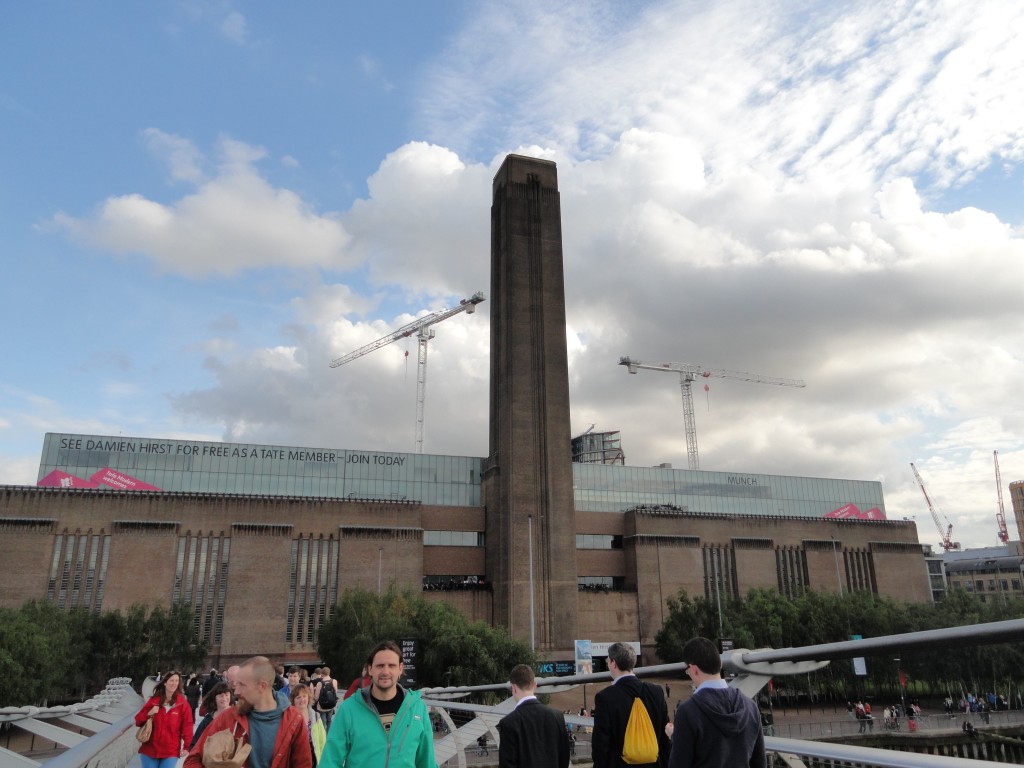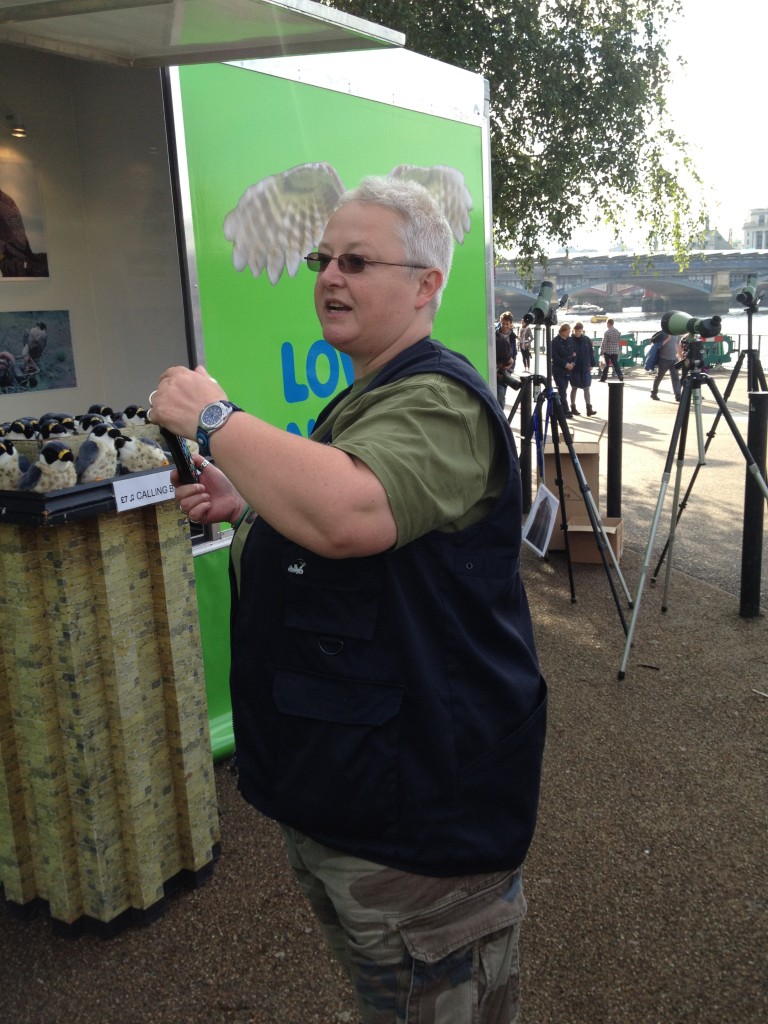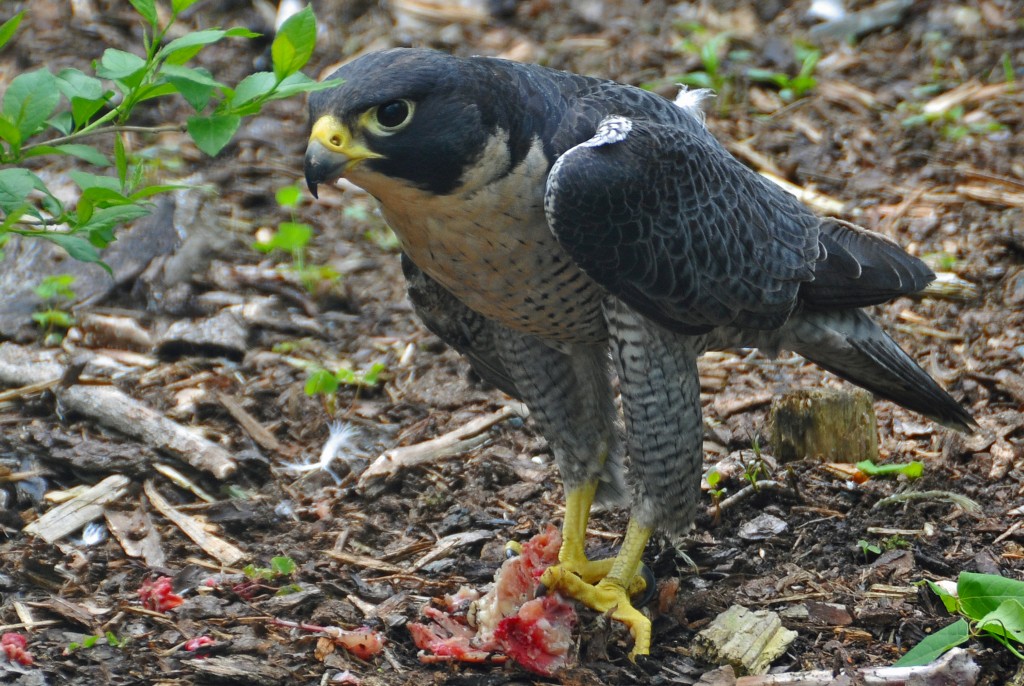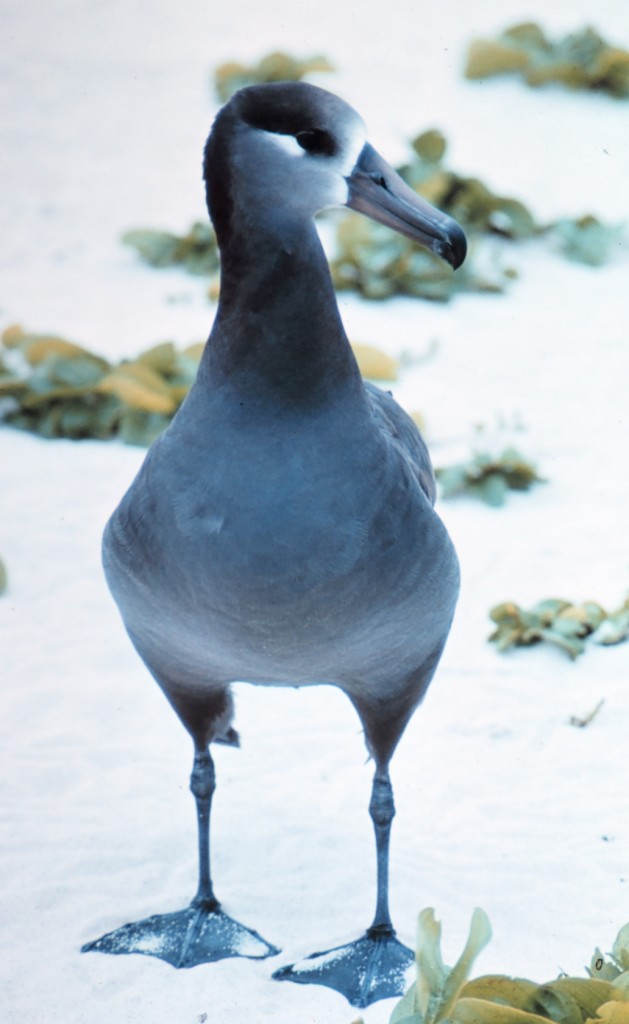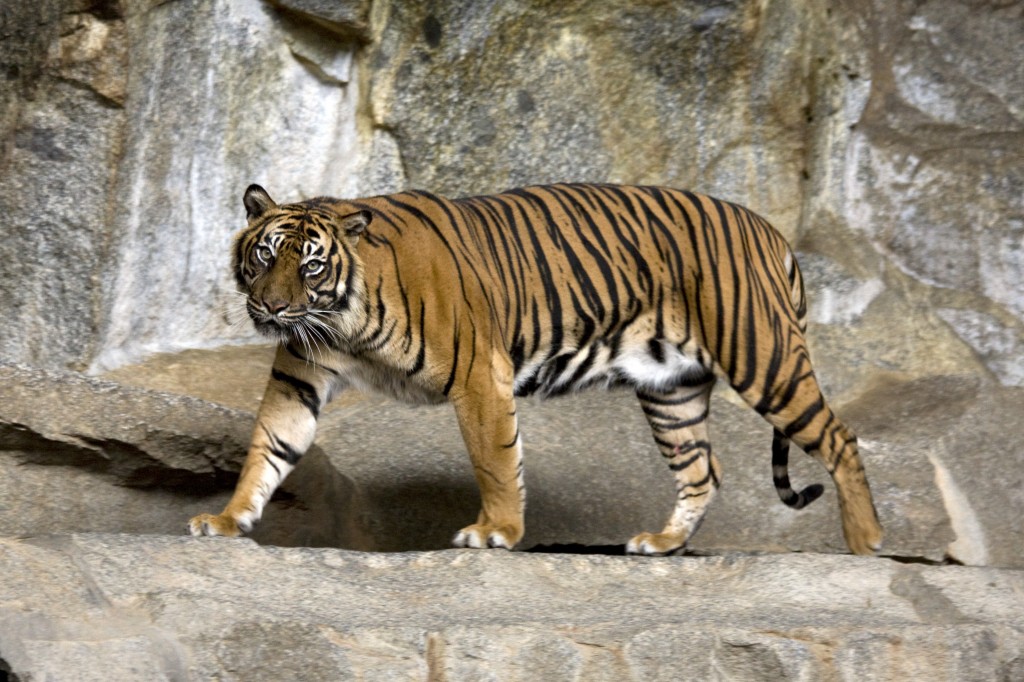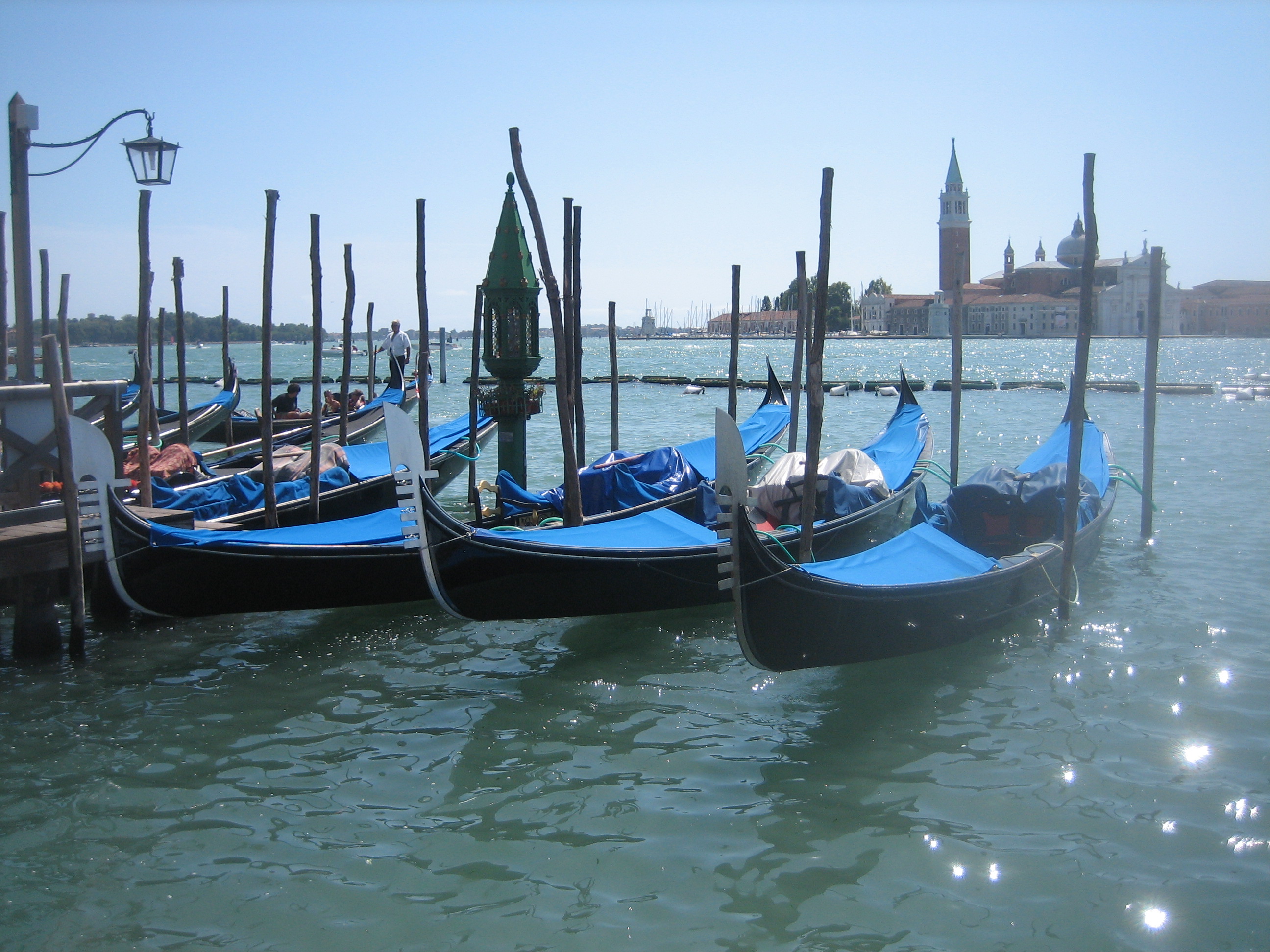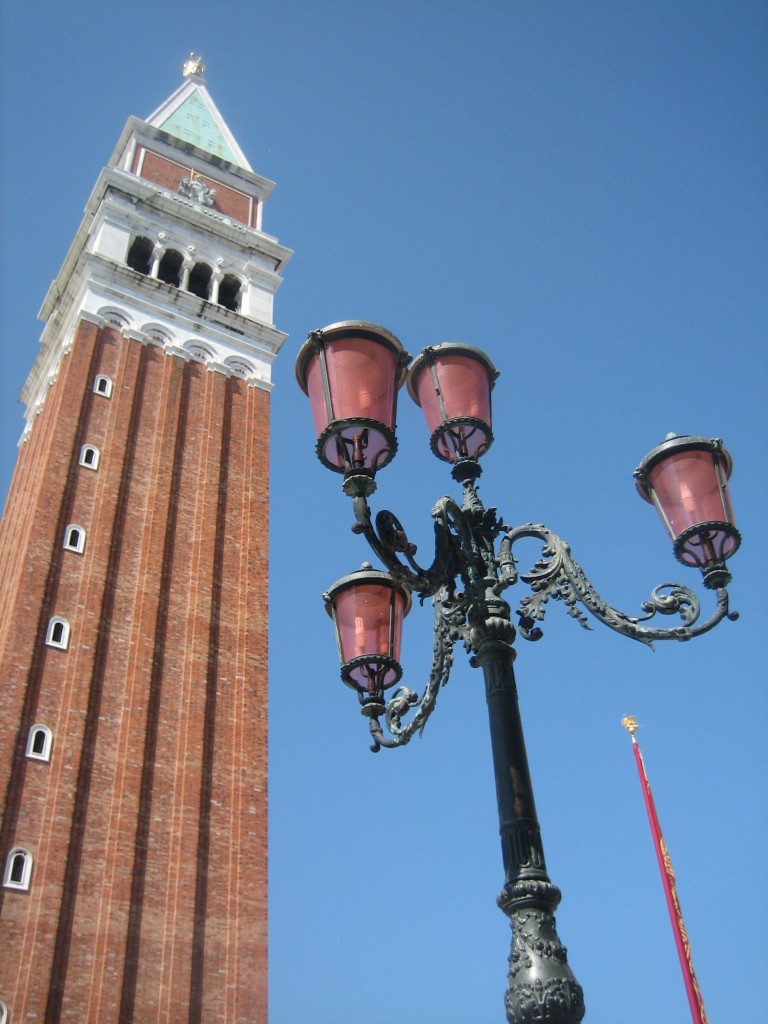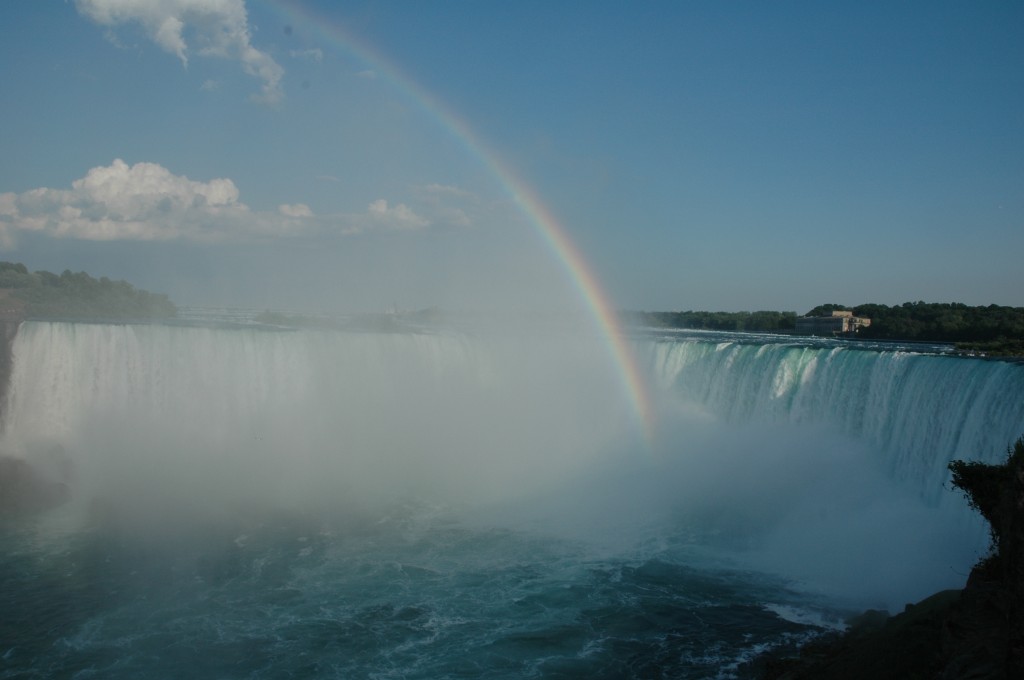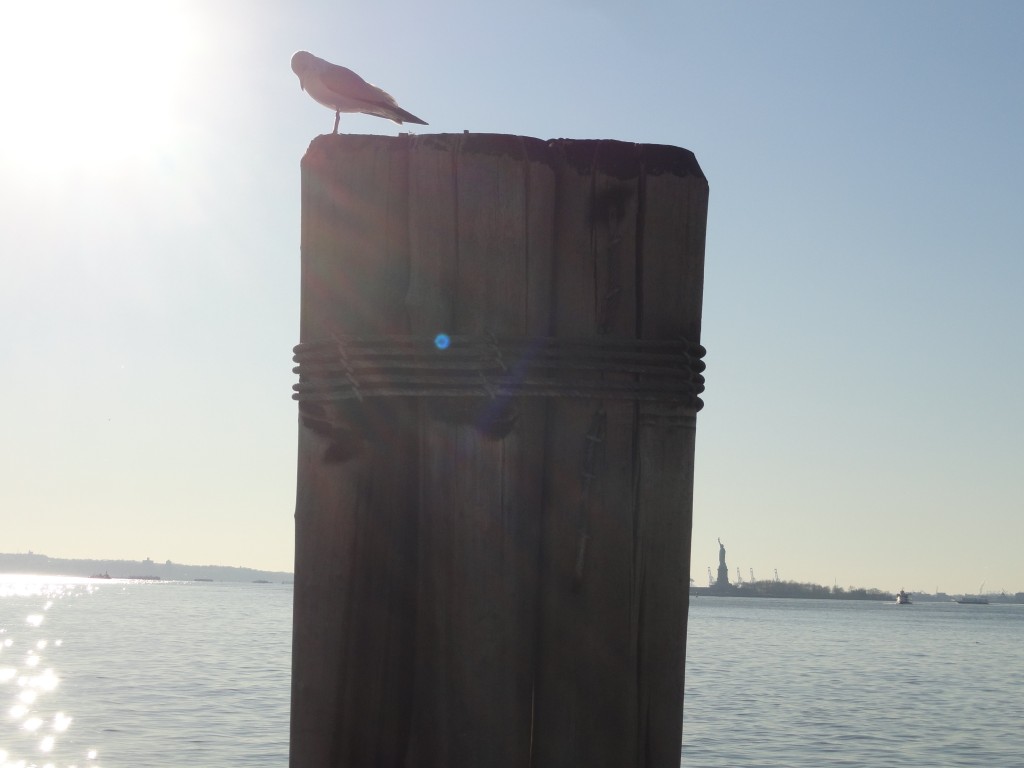Category: Travel
It’s Time to Travel
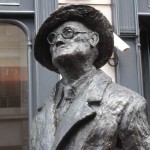 I’ve been feeling a bit cooped up. The last time I traveled was in July when I went to Niagara Falls and New England. On that trip I visited Nikola Tesla’s two statues, then worked my way around Lake Ontario, past Lake Champlain, and down through New England to see the family. But that was months ago. I need to get out of the house.
I’ve been feeling a bit cooped up. The last time I traveled was in July when I went to Niagara Falls and New England. On that trip I visited Nikola Tesla’s two statues, then worked my way around Lake Ontario, past Lake Champlain, and down through New England to see the family. But that was months ago. I need to get out of the house.
Luckily I’m headed to southern California this weekend for a scientific conference. The Society of Environmental Toxicology and Chemistry (SETAC) is an international group and its North American component holds a meeting every November. This year is Long Beach. I missed the last four annual meetings because I was living in Belgium for three years (and then was just arriving back from a trip to China and Japan as the last one got underway). So I’m excited to get back there, especially because I am becoming President of the SETAC Chapter that serves my region, the Chesapeake and Potomac Regional Chapter. Check out our new logo:
Even Nikola Tesla is coming with me to SETAC. I have donated a signed copy of my book, to be signed and delivered when it comes off the printing press in the spring. I’m sure he will enjoy the southern California weather.
But that isn’t the only trip planned. In December I’ll be taking my parents on a cruise of the Caribbean, with stops in Roatan (Honduras), Belize City (Belize), Costa Maya and Cozumel (both Mexico). I’ll have more on that later.
That will cover my traveling for the rest of the year. I already feel the need to plan for next year. Where should I go – Any ideas?
Don’t forget to subscribe to the posts by email on the home page. And feel free to “Like” my Facebook author’s page and connect on LinkedIn. Share with your friends using the buttons below.
Peregrine Falcons, Albatross, and Sumatran Tigers – The Royal Society for the Protection of Birds
When you think of a place to go bird watching – specifically to see peregrine falcons – you most likely would not have been thinking of a trip to the Tate Modern museum in London. But here I was strolling along the Thames River when I spotted, well, spotting scopes, the cross between binoculars and telescopes used by avid birders seeking distant raptors. Drawn to the small group earnestly gazing at the tower that rises above the world famous museum of modern art, I soon found myself also drawn into the world of the Royal Society for the Protection of Birds (RSPB).
Based in the United Kingdom but working worldwide, the RSPB is a non-profit group whose work “is driven by a passionate belief that we all have a responsibility to protect birds and the environment.” With over a million members and 18,000 volunteers donating their time, the RSPB has grown into an effective and far-reaching force.
One of those volunteers is Carol Rawlings, who graciously spent time telling me about peregrines as we searched for the pair who make the top of the Tate tower their home, along with their single offspring. Named Misty and Houdini, they join more than a dozen breeding pairs of peregrine falcons soaring above London’s skyline. The birds perch on the high buildings and then upon spotting potential prey – usually other medium-sized birds – the peregrine goes into a steep dive, called a stoop, at speeds of over 200 miles per hour. Usually the prey doesn’t stand much of a chance.
But peregrine falcons in London are not the only focus of the RSPB, as Carol explained to me over lunch during her recent trip to Washington DC.
One current project is working with fishermen to reduce or eliminate the death of albatross from longline fishing. These huge birds with wingspans up to 12 feet spend most of their time at sea. They catch fish and squid by diving near the surface, which puts them at severe risk from the up to 80-mile long squid-baited fishing lines containing thousands of hooks being dragged behind fishing vessels. According to the RSPB, around 100,000 albatrosses are drowned every year after getting caught on these longline hooks. This is the main reason that 18 of the 22 albatross species are now threatened with extinction. A short film highlights the problem.
The RSPB has collaborated with fishermen and engineers in the design of a hook cover that effectively eliminates 80% of the albatross deaths from longlines in pilot programs. The next step is to get funding to provide these devices to all fishermen.
So what about Sumatran tigers…aren’t they a bit far-afield for a UK based charitable organization? Actually, no. The RSPB partners with other bird and wildlife protection organizations around the world. One such partnership has employed a unique strategy to help save the rainforests of Sumatra, part of the nation of Indonesia.
The Sumatran tiger is rare subspecies that is critically endangered. The main reason – logging of its shrinking rainforest habitat. To combat this loss, the RSPB and its partners bought the logging rights to thousands hectares of rainforest in the Harapan region of Sumatra. They also got the laws changed to allow them to restore the forest – previously the law required the logging rights owners to log the property. The project is a big one and will be ongoing for many years. Check here for more background and a video explaining the efforts to save the tigers and birds of Sumatra.
A stroll along the Thames has turned into a renewed appreciation for the natural world, both within the urban environs of London and Washington DC and the almost anachronistic beauty of far-flung locations such as Sumatra. As Carol and I chatted over lunch it seemed appropriate that we both have visits to the Galapagos Islands at the top of our travel lists. I’m looking forward to writing more about RSPB and their work internationally, and am already planning a series of articles for national and international magazines to highlight their work.
More travel stories and photographs can be found on my travel page or by searching on the keyword “travel” at the top of the page.
David J. Kent is the author of Tesla: The Wizard of Electricity (2013) and Edison: The Inventor of the Modern World (2016) (both Fall River Press). He has also written two e-books: Nikola Tesla: Renewable Energy Ahead of Its Time and Abraham Lincoln and Nikola Tesla: Connected by Fate. His next book is on Abraham Lincoln, due out in 2017.
Follow me by subscribing by email on the home page. And feel free to “Like” my Facebook author’s page and connect on LinkedIn. Share with your friends using the buttons below.
[Note: The photos of the peregrine falcon, albatross and Sumatran tiger all are from Wikimedia Commons.]
Gondolas in Venice – New Header Image
 Ah, Venice. Italy. One of my favorite stops on my world tour. I have added another image to my header, joining the five other images that rotate from page to page. The photo was taken near Piazza San Marco – St. Mark’s Plaza – in Venice during a beautiful late summer day.
Ah, Venice. Italy. One of my favorite stops on my world tour. I have added another image to my header, joining the five other images that rotate from page to page. The photo was taken near Piazza San Marco – St. Mark’s Plaza – in Venice during a beautiful late summer day.
The vagaries of the cover photo requires some cropping to fit the space, so here is the full photo.
In the background you can see the 16th Century Benedictine Church of San Giorgio Maggiore located on a small island called, not surprisingly, Giorgio Maggiore.
I’ll have more photos of Venice in a future post. In case you missed it, check here for a photo of the Campanile, the bell tower in the Piazza San Marco.
Read about the other cover photo images here.
Don’t forget to subscribe to the posts by email on the home page. And feel free to “Like” my Facebook author’s page and connect on LinkedIn. Share with your friends with the buttons below.
Campanile, Piazza San Marco, Venice
A passion for public aquariums
 I have a passion for public aquariums. The ones with big tanks, the sharks, the whales. This probably started when I was young and first went to the New England Aquarium in Boston. Its huge central tank with fish larger than me – and made to seem even larger by the refraction of the glass – was fascinating. It isn’t surprising that by the time I was in junior high school I knew I wanted to be a marine biologist. Just like Jacques Cousteau.
I have a passion for public aquariums. The ones with big tanks, the sharks, the whales. This probably started when I was young and first went to the New England Aquarium in Boston. Its huge central tank with fish larger than me – and made to seem even larger by the refraction of the glass – was fascinating. It isn’t surprising that by the time I was in junior high school I knew I wanted to be a marine biologist. Just like Jacques Cousteau.
It was only later that I realized there was only one good-paying gig in marine biology, and Monsieur Cousteau had that locked up pretty tight.
But still, my fascination with aquariums has never waned. I’ve made it a point to visit the big public aquariums all over the United States, with not a small number also from other parts of the world.
I’ll talk about the features that make each one interesting in the future. For now check out my new Aquariums page to see a list of the aquariums I’ve visited in North America, Europe, and Asia.
And since I’m posting this during what seems to be the ubiquitous “shark week” on the telly, here’s one to wet your appetite for future posts.
David J. Kent is the author of Tesla: The Wizard of Electricity (2013) and Edison: The Inventor of the Modern World (2016) (both Fall River Press). He has also written two e-books: Nikola Tesla: Renewable Energy Ahead of Its Time and Abraham Lincoln and Nikola Tesla: Connected by Fate.
Follow me by subscribing by email on the home page. And feel free to “Like” my Facebook author’s page and connect on LinkedIn. Share with your friends using the buttons below.
Science Traveler – New Name, Same Me
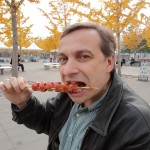 I’ve changed my name. I’m now Science Traveler.
I’ve changed my name. I’m now Science Traveler.
The Traveling Scientist was nice, but it had way too many syllables. And nothing is more important to a writer than having exactly the right number of syllables. [Yes, I counted the number of syllables in that sentence.]
As I’ve mentioned in the past, this site is a work in progress. Which is appropriate because every writer has a work in progress, or the shorthand version, WIP. I actually have several WIPs, but we’ll get to those in good time.
Note the Twitter feed has also changed names to Science Traveler. Be sure to follow me here, there, and everywhere.
Another WIP as it relates to this site is a redesign that will take place after I deliver the Nikola Tesla book to the publisher. The new Science Traveler will make it easier to track posts in different categories, and of course, highlight some of the key tidbits from my books.
More to come.
Niagara Falls High and Low
Ah, Niagara Falls. One of the wonders of the world. And a place that just has to be experienced. And to fully experience it you need to see it from both the American and the Canadian sides, as well as both from dry land and aboard the famous Maid of the Mist boats that take you right up under the, well, mist.
Niagara Falls, which is where the Niagara River drains Lake Erie into Lake Ontario, is actually three separate waterfalls. Yes, three, not two. Most people think of the arching Horseshoe Falls on the Canadian side and the straighter American Falls on the American side. But there is a third drop – Bridal Veil Falls – which is narrower and separated from American Falls by the tiny Luna Island.
Assuming you arrive by car from the American side, be sure to take the turn over the bridge crossing the deceptively peaceful river just upstream from American Falls and pass onto Goat Island. Here you can get right up to the edge of all three falls. Also visit the edge of American Falls from the US mainland side. You can even walk out on a tall structure that overhangs the river and provides a good view of the falls.
Then get back in your car, get your passport ready, and drive across Rainbow Bridge into Ontario, i.e., the Canadian side. From here you can walk along the banks and see all the falls across the river, providing the best spot for panoramic photos. And if you’re staying at one of the hotels on the Canadian side you might just be able to see the view below from your room on the 38th floor.
Ah, but you want to get closer to the action right. How about this:
Next, head on down to the tour boats, get yourself literally immersed in the experience, then get that camera out because back on shore you’ll likely get a photo like this:
Of course, Niagara also boasts two statues of Nikola Tesla, whose alternating current patents allowed the first electricity generation from Niagara Falls.
So there you have Niagara Falls high and low. But one thing you probably won’t do is get the kind of view that Nik Wallenda recently got:
David J. Kent is the author of Tesla: The Wizard of Electricity (2013) and Edison: The Inventor of the Modern World (2016) (both Fall River Press). He has also written two e-books: Nikola Tesla: Renewable Energy Ahead of Its Time and Abraham Lincoln and Nikola Tesla: Connected by Fate. His next book is on Abraham Lincoln, due out in 2017.
Follow me by subscribing by email on the home page. And feel free to “Like” my Facebook author’s page and connect on LinkedIn. Share with your friends using the buttons below.
Give me your tired, your poor, your huddled masses – Emma Lazarus was born today
Emma Lazarus was born on this date in 1849. A native New Yorker, her sonnet “The New Colossus” would be engraved on a bronze plaque and mounted inside the lower level of the pedestal that supports the Statue of Liberty. The words, and the Statue that held them, would welcome millions of immigrants to this “land of the golden promise,” a phrase used by Nikola Tesla as he prepared to set sail for America.
On a recent trip to New York I shot this rather different photo of the Statue of Liberty. Look close, to the right of the post, but don’t ignore everything else that the picture tells us.
From 1892 to 1954 most immigrants entered the United States through Ellis Island; before that they entered through Castle Garden Immigration Depot on the southern end of Manhattan. Ellis Island, below, now joins Liberty Island itself to be part of the Statue of Liberty National Monument.
I leave you with Emma Lazarus’s poem:
The New Colossus
Not like the brazen giant of Greek fame,
With conquering limbs astride from land to land;
Here at our sea-washed, sunset gates shall stand
A mighty woman with a torch, whose flame
Is the imprisoned lightning, and her name
Mother of Exiles. From her beacon-hand
Glows world-wide welcome; her mild eyes command
The air-bridged harbor that twin cities frame.
“Keep, ancient lands, your storied pomp!” cries she
With silent lips. “Give me your tired, your poor,
Your huddled masses yearning to breathe free,
The wretched refuse of your teeming shore.
Send these, the homeless, tempest-tost to me,
I lift my lamp beside the golden door!”
Where is Stonehenge? It’s Here, Of Course!
If you pop around to the different pages on this web site (which I know you do), you’ll notice that the header photo changes randomly. I previously had four photos that rotated, and now there are five – Stonehenge. In the unlikely event you don’t know what Stonehenge is you can find out more here. The best way to show you is with a photo.
Pretty cool for a bunch of big stones, eh?
For a little more about each of the photos you can go to this now updated article.
Don’t forget to subscribe to the posts by email on the home page. And feel free to friend me on Facebook and LinkedIn. Share with your friends with the buttons below.





